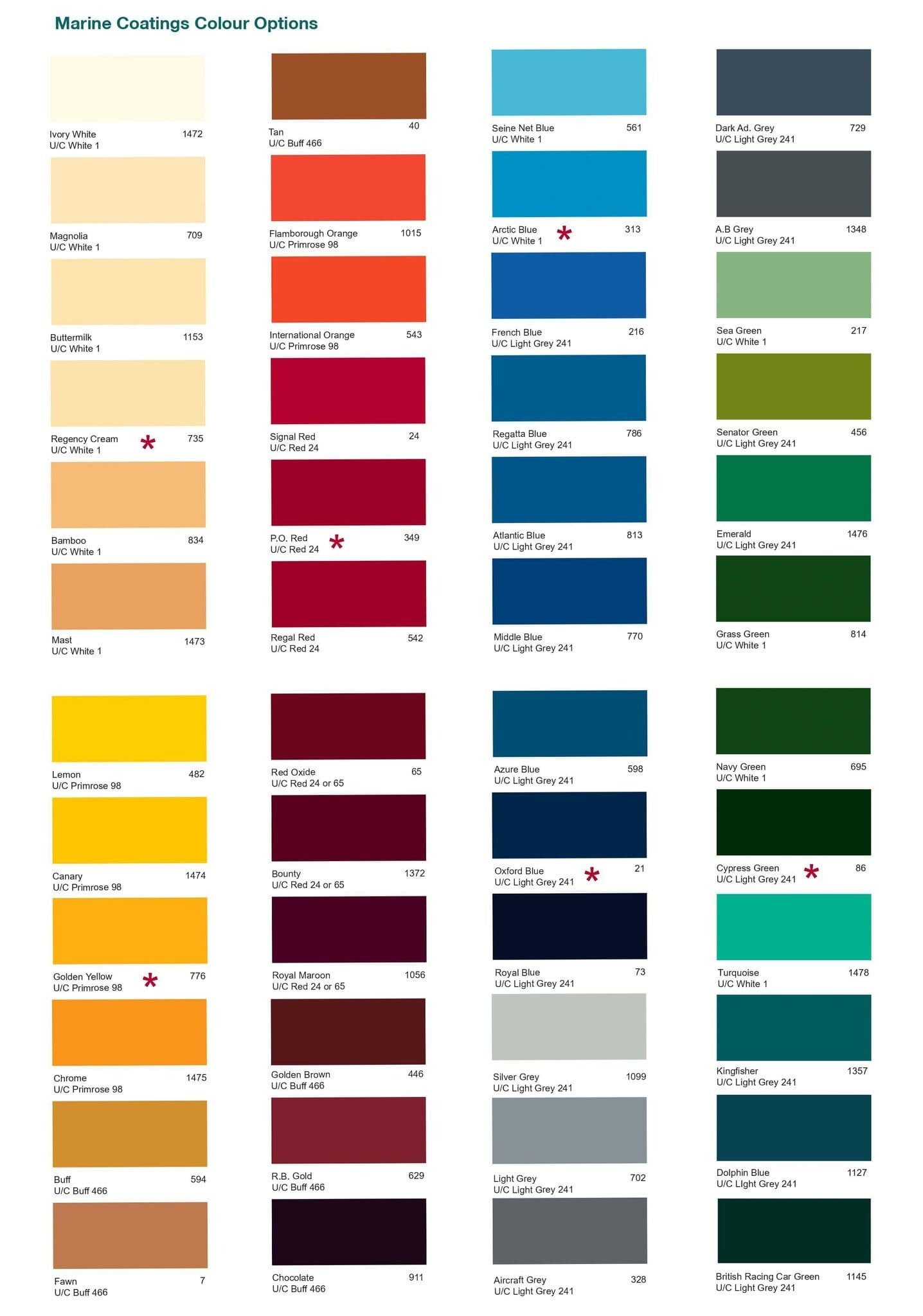Lead-Based Paints in Period Properties
Navigating the complexities of period property ownership often includes discovering old historic paint coatings which can sometimes contain traces of lead. Down here in Heritage Lane, we offer expert guidance to help you understand, manage, and mitigate the risks associated with lead-based paints in older buildings.

Lead Based Paints
- Lead paint or lead-based paint is Paint containing lead. As pigments: lead chromate, "chrome yellow", lead oxide "red lead"),lead carbonate and " white lead" are the most common forms. Lead was added to paint to accelerate drying, increase durability, maintain a fresh appearance, and resist moisture that causes corrosion. It is one of the main health and environmental hazards associatedvwith paint. Lead paint has been generally phased out of use due to the toxic nature of lead. Alternatives such as water-based, lead-free paints are readily available.
In some countries, lead continues to be added to paint intended for domestic use, whereas countries such as the USA and the UK have regulations prohibiting its use. However, lead paint may still be found in older properties painted prior to the introduction of such regulations. Although lead has been banned from household paints in the United States and the UK it can still be purchased for use in some agricultural, and commercial buildings.

History
Lead was being used as far back as the 4th century BC (so Almost 2500 years ago) The traditional method of making the pigment was called the stack process. Hundreds or thousands of earthenware pots containing vinegar and lead were embedded in a layer of either tan bark or cow manure. The pots were designed so that the vinegar and lead were in separate compartments, but the lead was in contact with the vapor of the vinegar. The lead was usually coiled into a spiral and placed on a ledge inside the pot. The pot was loosely covered with a grid of lead, which allowed the carbon dioxide formed by the fermentation of the tan bark or the dung to circulate in the pot. Each layer of pots was covered by a new layer of tan, then another layer of pots. The heat created by the fermentation, acetic vinegar vapor, and carbon dioxide within the stack did their work, and within a month the lead coils were covered with a crust of white lead. This crust was separated from the lead, washed, and ground for pigment. This was an extre mely dangerous process for the workmen. Medieval texts warned of the danger of "apoplex, epiepilepsy, and paralysis" from working with lead white.
In 1786, Benjamin Franklin wrote a letter warning a friend about the hazards of lead and lead paint, which he considered well-established. Despite the risks, the pigment was very popular with artists because of its density and opacity; a small amount could cover a large surface. It was widely used by artists until the 19th century, when it was replaced by zinc white and titanium white.
The dangers of lead paints were considered well-established by the beginning of the 20th century. In July 1904 Sherwin Williams reported on the dangers of paints containing lead, noting that a French expert had deemed lead paints "poisonous in a large degree, both for the workmen and for the inhabitants of a house painted with lead paints", and as early as 1886, German health laws prohibited women and children from working in factories processing lead paint and lead sugar
The league of Nations made efforts to ban lead paints in 1921.

Toxicity
Lead paint is hazardous. It can cause nervous system damage, stunted growth, kidney damage, and delayed development. It is associated with high violent crime rates. It is dangerous to children because i tastes sweet. Lead paint can cause reproductive problems, including a decrease in sperm concentration in men. Lead is also considered a likely carcinogen. High levels of exposure can be lethal. Several methods exist to test for the presence of lead in paint, including analysis in a laboratory and various at-home tests, with varying efficacies. Spot test kits for lead are sold to consumers, but were found by one study to have high error rates.

Advice for Homeowners
If you suspect you have lead-based paint in your period property, the first step is to get it tested. Avoid disturbing the paint, and if you have young children or are pregnant, take extra precautions to prevent exposure. Initially you can purchase DIY test kits from the likes of Amazon online, and even B&Q just to either confirm or exclude your suspicions - don't be fooled by today's "armchair experts" te.ling you that only certain colours can contain historic lead, for the sake of around £10, just buy a test kit!
In the United Kingdom, lead paint was banned from sale to the general public in 1992, except for specialist uses.